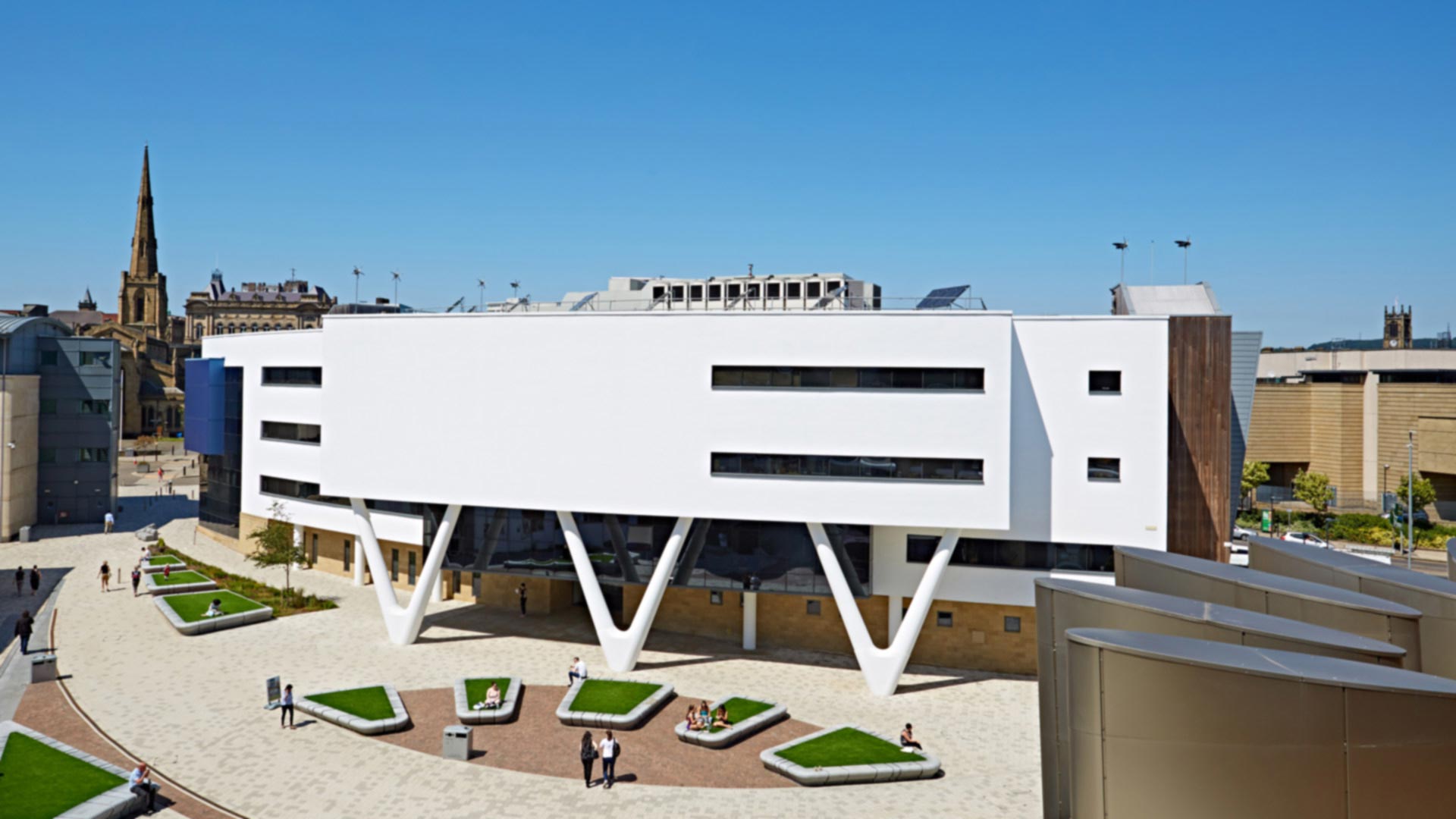
Moving content - How to make sure your content doesn't get lost
URLs sometimes change or content gets reviewed and archived. This is part of a website’s life cycle.
But moved content can cause problems for users if they can no longer find it.
Broken links also have a negative impact on search engine optimisation (SEO) – so they will make it harder to get your content to the top of Google.
As content owners it’s our responsibility to consider the user’s journey. And if we move content, we need to consider who might be linking to us so they can update their links.
Note: If you’re considering deleting or moving content please speak to the Digital Content Team first, we can help you. digitalcontent@hud.ac.uk
Types of links to your content
There are different types of links you should consider:
- External backlinks
- Internal backlinks
- Shortlinks
- Direct link
Let’s quickly go through them:
External and Internal Backlinks
A backlink is the term used to describe when a website links to your website or page.
- An external backlink is a link from a different website.
- An internal backlink is a link from a page on our website.
Shortlinks
Shortlinks are a type of link that is short and redirects to a destination page. Please view the guide “What is a shortlink” for a detailed explanation.
Direct links
Your content maybe linked from an email, brochure, print item or a private digital document. For the purpose of this guide they will be referred to as direct links.
These are the hardest links to track down because there isn’t a tool that can be used to ‘find’ them.
How to find your backlinks
You might not be able to find all of the links to your content, however it’s important that they are considered before you move or delete your content.
There are a few tools that can be used to check your external backlinks:
If you’re working with the Digital Content Team as part of your content project, then they have a number of additional tools that can be used to find both internal and external backlinks.
Additionally, Google search can be used, especially if pages link to your content with a unique or consistent phrase. Use this syntax in the Google Search bar:
Site:<domain> “add phrase you want to search for inside the quote marks”
For example:
Site:hud.ac.uk “Digital Content Team”
That would search the University of Huddersfield website for any page where the phrase "Digital Content Team" appears.
SEO impact
Do internal pages link to your content?
If so you’ll need to contact the content owners, let them know what’s happening to your content and when. This is so they can update their links.
If they are linking to you via the T4 Section link, then T4 should auto-update the link when you move your content types to the new section.
Do external websites link to your content?
If possible to get hold of the website owners then request the link is updated.
On 3rd party profile sites such as WhatUni, Prostgrad and The Student Room this should be easy to complete as we have existing relationships with those websites for updating content.
Redirects
Our rule of thumb is to limit the amount of redirects used on the University’s website. Any redirects created are added to a record and will be reviewed in 1 year with the intention of deleting them unless there is a good reason not to.
When your content has moved the Digital Content Team can request a redirect is added.
T4 Tips: Move or duplicate content
James from the WebTeam has written a useful article with pros and cons of moving or duplicating content in T4. It's a useful guide for web editors or anyone editing content in T4 using the development section.
Content
Articles about creating and improving content. From writing for the web through to scheduling content and nested headers.
Return to the WebTeam blog
Go back to the homepage for the WebTeam blog.